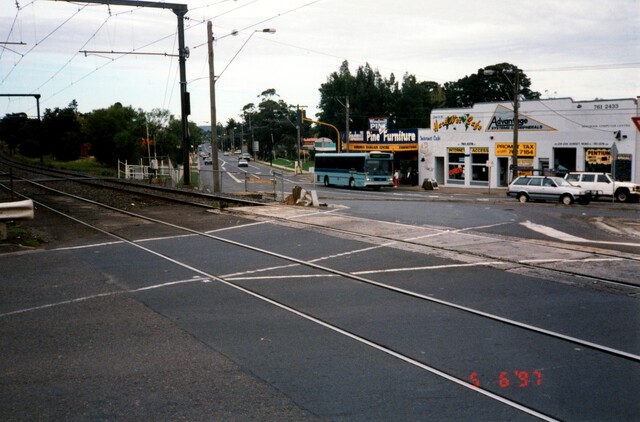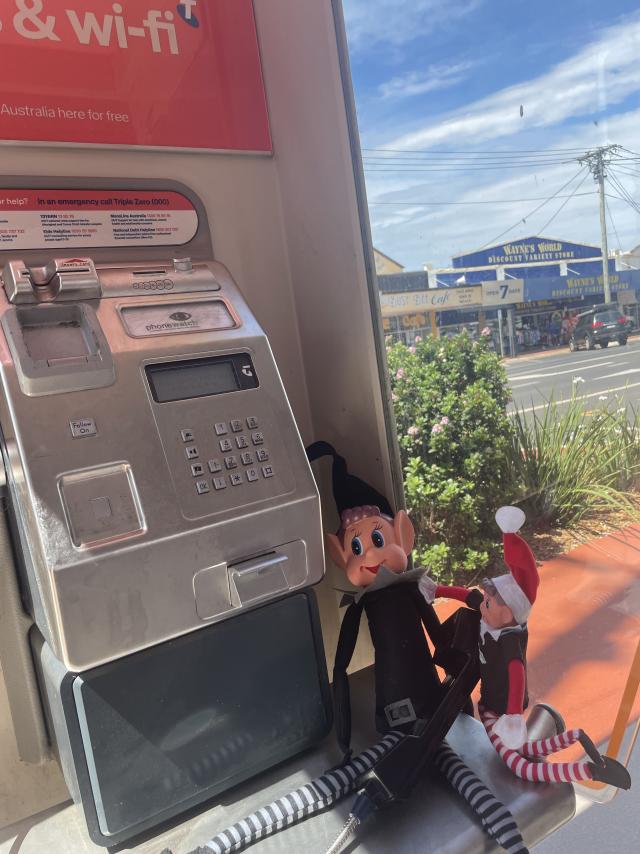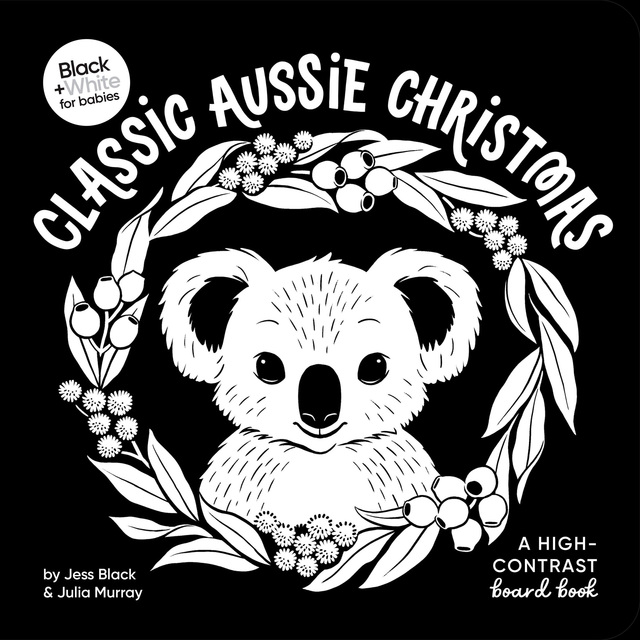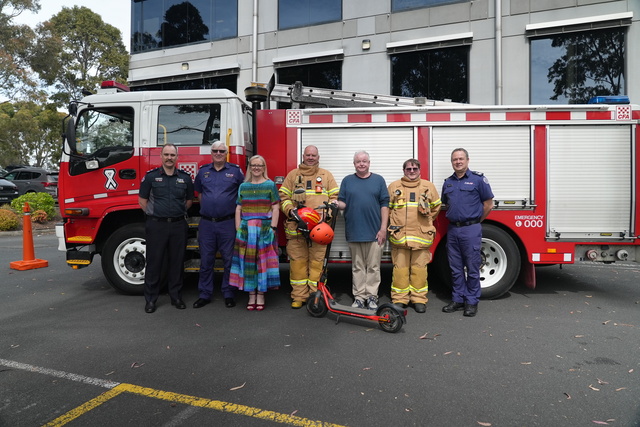Boronia has a dark chapter hidden in its history. Now, Ray Peace, of Knox Historical Society, has brought to light the story of Boronia’s ‘death trap’, Traffic Black Spot No. 1, and a source of frustration to local residents over many years.
The new book, Boronia and Its Death Trap Crossing, will be published soon.
Ray said he has personal experience of what local residents suffered up until 1998.
“I lived at The Basin from 1980 until 1993,” Ray said.
“Everyone hated the crossing. It seemed nothing was ever going to be done about it. A friend moved to Belgrave. I asked him why. “Boronia crossing” was the answer.”
In researching the crossing, Ray found the road/rail crossing was the result of a series of errors.
The rail line from Ringwood to Upper Ferntree Gully was surveyed in 1887.
The intersection of Dorset and Boronia Roads was then just two dusty tracks.
“The rail line as authorised by Parliament was supposed to cut across Dorset and Boronia Roads farther up the slope to the east,” Ray said.
“The line engineers thought two separate crossings and the earthworks involved would be too expensive, and they shifted the line one hundred metres or so down the hill. They couldn’t envisage the consequences one hundred years later.”
The consequences were appalling, as detailed in Ray’s book.
At least thirty people were killed on the crossing between 1926 and 1978.
Most of the casualties were in two horrendous accidents.
Ten people were killed when a city-bound electric train hit a charabanc on Easter Sunday, 1926.
In May 1952, nine people died on the crossing in an almost identical collision.
Since 1998 when the crossing went underground, Boronia has been a quieter place.
“I still shop in Boronia regularly,” Ray said.
“At least you no longer have to allow twenty minutes for the boom barriers being down in peak hour.”
More details on Boronia and Its Death Trap Crossing – khs@relics.com, Phone. 9758 6722








